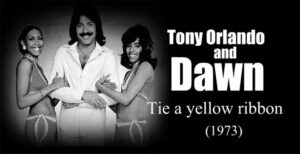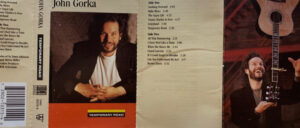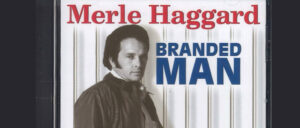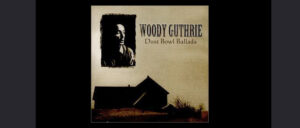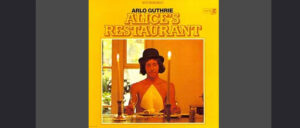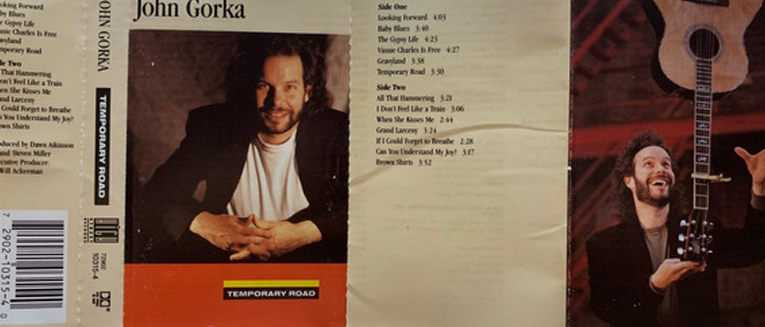
Music possesses a unique ability to convey the varied dimensions of the human experience, delving into stories that resonate with listeners on a profound level. Among the multitude of themes explored in song lyrics, the journey of leaving incarceration has emerged as a compelling subject that captures the struggles, triumphs, and societal nuances surrounding the reentry into freedom. Recently, a revisit to the classic “Tie a Yellow Ribbon” prompted contemplation about the ex-convict’s triumphant return. Here, we embark on a deeper exploration, shedding light on songs that vividly recount the stories of individuals finding liberation after serving time.
1. “Tie a Yellow Ribbon” by Tony Orlando and Dawn (1973)
The catalyst for this exploration, “Tie a Yellow Ribbon,” narrates a heartfelt story of a man’s bus journey home after three years in prison. The passengers, strangers to his past, cheer as they approach his destination, creating a jubilant, storybook ending. The song, despite the ambiguity of the protagonist’s crime, celebrates the warmth of his reception, sparking curiosity about similar tales in other songs.
2. “Charles Is Free” by John Gorka
In “Charles Is Free,” Vinnie is adamant that the confiscated stuff was not his. Returning home, he discovers a surprise celebration organized by friends and family. This song introduces an element of uncertainty and challenges that individuals face upon reentering society, adding a layer of complexity to the post-prison narrative. The juxtaposition of freedom and the lingering shadows of suspicion paints a realistic picture of the complexities of such journeys.
3. “Branded Man” by Merle Haggard
Merle Haggard’s “Branded Man” offers a contrasting perspective to the celebratory return depicted in “Tie a Yellow Ribbon.” The ex-convict faces disdain and mistrust, highlighting the societal stigma that can persist even after serving time. The song sheds light on the struggles of those attempting to reintegrate into a community that often views them through the lens of their past mistakes. Haggard’s narrative captures the harsh realities of societal judgment, emphasizing that liberation from incarceration doesn’t always equate to liberation from societal scrutiny.
4. “I’m Just Here To Get My Baby Out of Jail” by the Everly Brothers
Breaking away from the male-centric narratives, this folk rock hit by the Everly Brothers presents a unique twist with a female character as the prisoner. The song captures the emotional essence of the journey to liberate a loved one, showcasing the broader impact of incarceration on relationships. By weaving a narrative that emphasizes the emotional bonds tested by legal troubles, the song transcends the legal aspects of incarceration, delving into the realm of love, loyalty, and the determination to reunite with those who matter most.
5. “Tom Joad” by Woody Guthrie
Inspired by John Steinbeck’s character in “The Grapes of Wrath,” Woody Guthrie’s “Tom Joad” provides a condensed yet impactful account of the hardships faced by Joad and his family post-incarceration. The song reflects the socio-economic challenges and injustices prevalent in society. Guthrie’s portrayal of Joad serves as a poignant commentary on the systemic issues that persist beyond the prison walls, highlighting the uphill battle faced by individuals seeking a fresh start.
6. “Alice’s Restaurant” by Arlo Guthrie
Arlo Guthrie’s Thanksgiving tradition, “Alice’s Restaurant,” weaves a humorous yet poignant narrative around a character’s brief jail stint for littering. The song uses satire to shed light on societal absurdities and the sometimes arbitrary nature of legal consequences. As the character navigates the peculiarities of the legal system, the song becomes a commentary on the broader issues of authority and individual freedoms. Guthrie’s storytelling transcends the immediate circumstances, inviting listeners to reflect on societal norms and the consequences of non-conformity.
In essence, these songs offer diverse perspectives on the experiences of individuals leaving prison, encompassing moments of celebration, societal challenges, and the emotional complexities of reuniting with loved ones. Through music, these narratives become a powerful medium to foster understanding and empathy for those navigating the complex journey of post-incarceration life. Each song serves as a lyrical testament to the resilience of the human spirit, encapsulating the myriad emotions tied to liberation and the pursuit of a new beginning.

